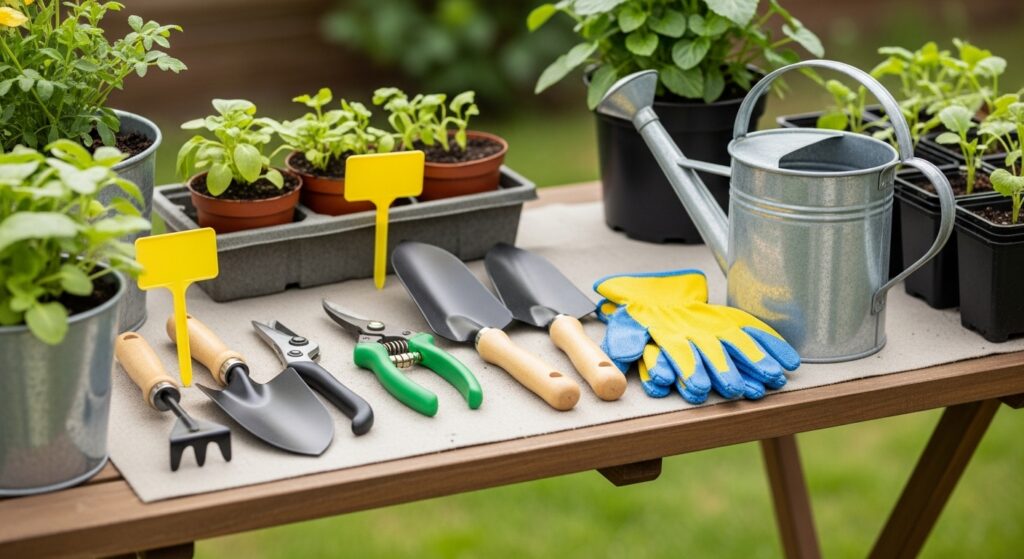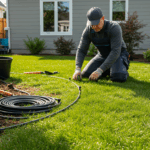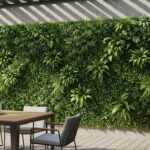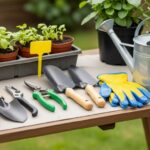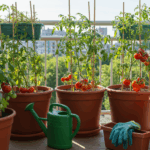The Growing Appeal of Beginner Gardening: A Gateway to Nature
In today’s fast-paced digital world, have you ever wondered how to reconnect with nature and find a sense of tranquility?
Gardening has been identified as a powerful means to achieve this, allowing individuals to cultivate not only plants but also a more serene mindset.
Recent studies highlight that home gardening has surged in popularity, with a significant number of people embracing the green movement.
This renewed interest has opened the door for beginners seeking to start their own gardens. However, navigating the landscape of gardening tools can be daunting for newcomers.
Understanding the essentials is key to fostering success in this deeply rewarding endeavor.
Gardening provides an opportunity to engage with the environment on a personal level, offering numerous benefits ranging from physical exercise to mental wellness. For those considering embarking on this adventure, having the right tools is fundamental.
The modern gardener has at their disposal a myriad of implements designed to cater to every aspect of horticulture.
Yet, starting small with beginner gardening tools is advisable, as this approach provides a focused entry point that aligns with the scale and scope of one’s garden aspirations.
Understanding the Basic Gardening Tools
For novices, the world of gardening tools can be overwhelming. However, cultivating knowledge of the essentials simplifies the process.
Below is an overview of basic gardening tools that form the cornerstone of any gardener’s toolkit.
| Tool | Function | Tip for Beginners |
|---|---|---|
| Hand Trowel | Used for digging small holes and planting seeds. | Opt for a comfortable grip handle. |
| Pruning Shears | Ideal for cutting back plants and shrubs. | Choose a sharp pair to extend durability. |
| Garden Fork | Aids in loosening, lifting, and turning soil. | Lightweight models offer better mobility. |
| Watering Can | Provides water delivery to plants, protecting them from direct hose pressure. | Consider capacity based on garden size. |
| Garden Gloves | Protect hands from thorns and soil bacteria. | Ensure a snug fit to maintain dexterity. |
This foundational set of tools speaks to the variety of tasks involved in gardening, from cultivation and planting to maintenance and protection.
Prioritizing quality over quantity ensures longevity, usability, and ultimately, enjoyment.
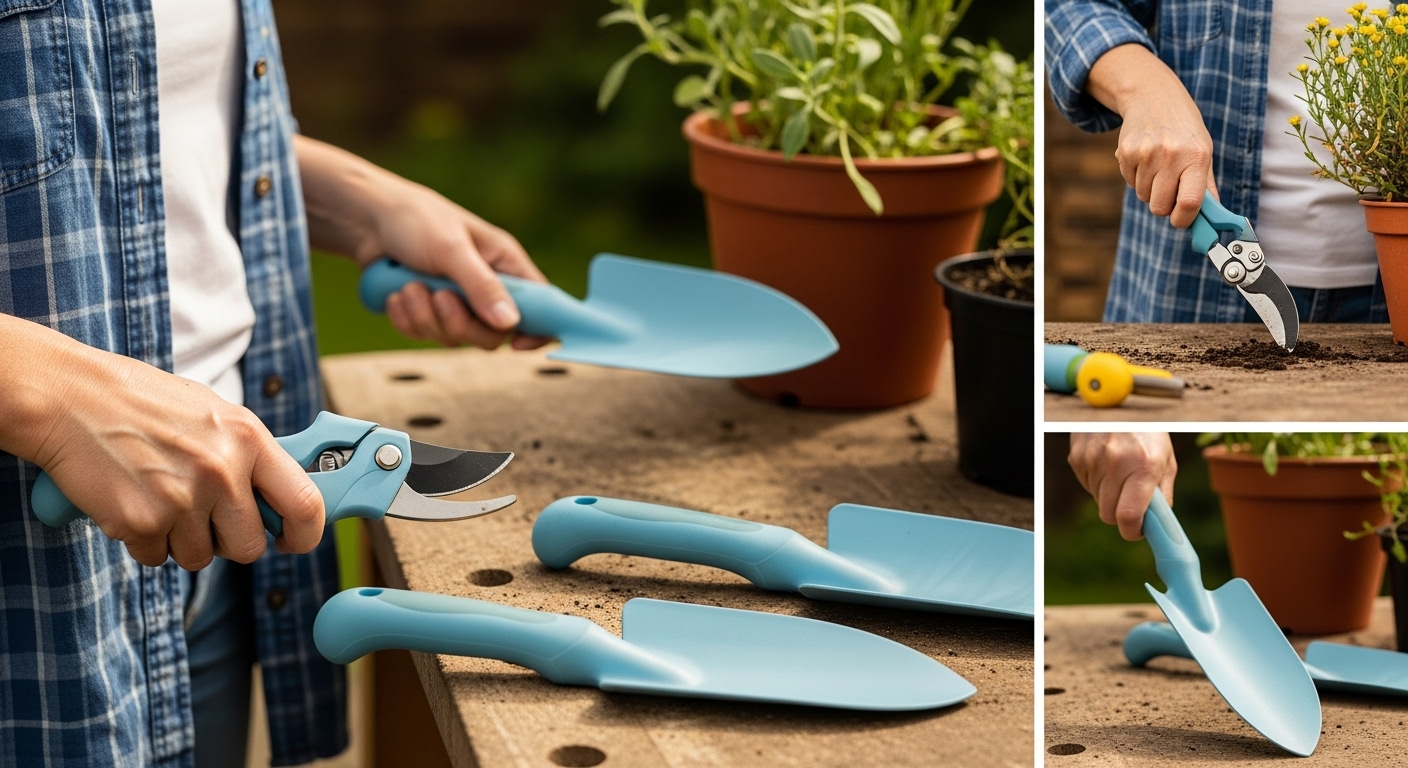
The Importance of Ergonomics in Gardening Tools
Ergonomics play a pivotal role in selecting gardening tools, especially for beginners who may not be accustomed to the physical demands of gardening tasks.
The right tools can alleviate strain and prevent injury, making the gardening experience both enjoyable and sustainable.
For instance, ergonomic handles and lightweight materials help minimize the effort required for repetitive tasks, such as digging or pruning. When beginning the journey into gardening, it is prudent to invest in tools that are not only effective but also comfortable to use over extended periods.
“Gardening requires lots of water – most of it in the form of perspiration.” – Lou Erickson
Choosing appropriate tools thus hinges not only on functionality but also on how comfortably these tools can integrate into one’s gardening routine.
Understanding this balance enhances efficiency and decreases fatigue, encouraging a more enjoyable gardening experience.
Long-Handled vs. Short-Handled Tools
In the spectrum of gardening tools, the choice often boils down to long-handled versus short-handled implements.
Each has its distinct advantages, informed by the particularities of the task at hand. Long-handled tools offer leverage and reach, which are crucial for ground-level activities like hoeing or raking.
They reduce the need to bend over, thereby preserving the back and knees.
Conversely, short-handled tools provide precision and control, essential for activities such as weeding or planting in confined spaces.
Beginners should evaluate their gardening needs, considering the physical space and the types of plants they intend to cultivate, to make informed decisions between long- and short-handled options.
This choice can significantly impact the ease of handling particular gardening scenarios.
The Role of Maintenance in Longevity of Tools
Maintenance is a critical, yet often overlooked, aspect in the lifespan of gardening tools. Regular upkeep ensures their continued efficacy and safety.
Proper maintenance includes cleaning tools after use to prevent rust, sharpening blades to retain cutting efficiency, and oiling moving parts to avoid corrosion.
These practices, while simple, extend the service life of gardening tools, offering both economic and environmental benefits by reducing waste and the need for replacements.
For beginners, cultivating a routine that incorporates tool maintenance not only enhances their functionality but also deepens one’s appreciation for the gardening process as a whole.
A well-maintained tool is a dependable companion, enabling gardeners to approach their tasks with confidence and ease.
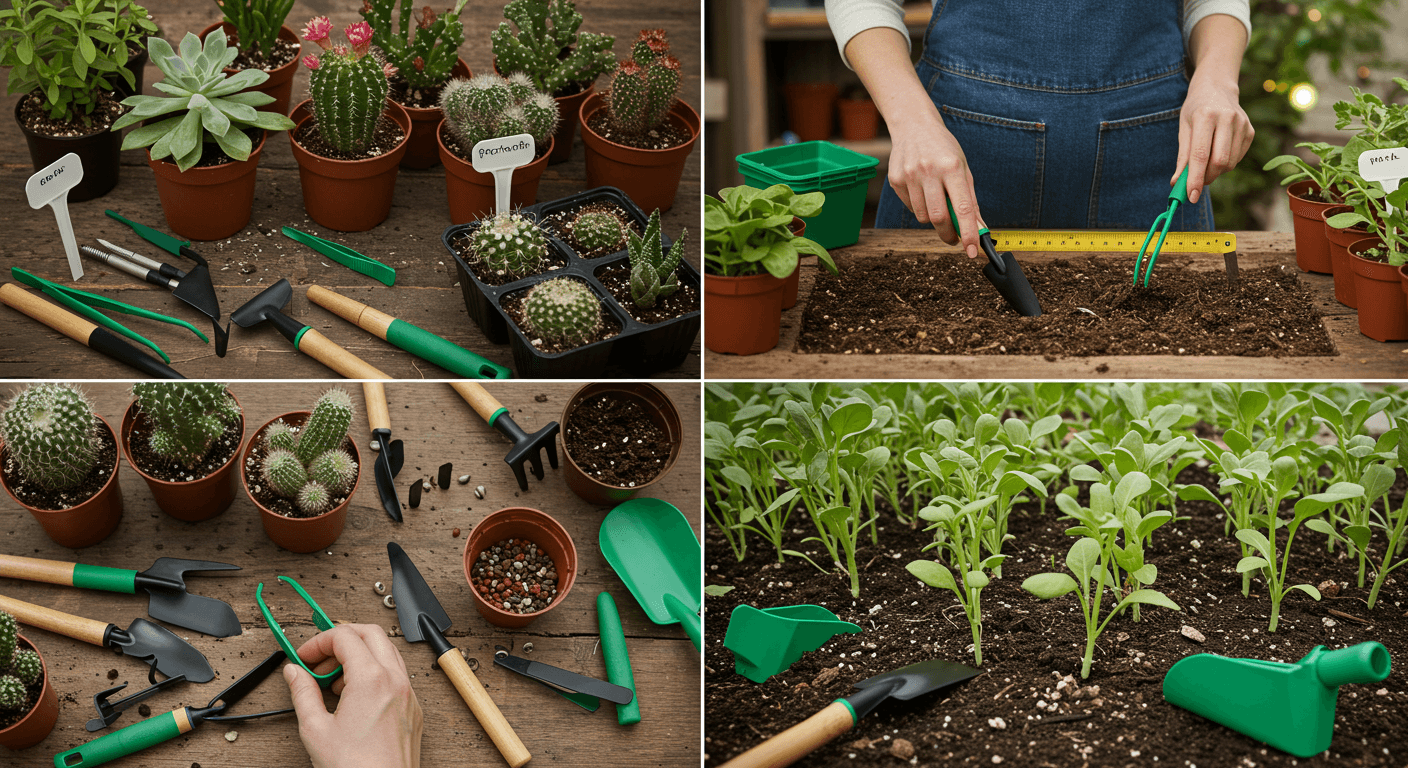
Choosing the Right Tools for Specific Plants
Different plant types and garden styles necessitate specific tools to optimize growth conditions.
For instance, succulent and cactus enthusiasts might require precise tools like tweezers or special soil mixers to care for their delicate flora.
Vegetable gardeners often utilize spades and planters suited for the depth and spacing of seeds.
- 1- Tailor tool selection to the garden’s primary plant types.
- 2- Consider tools’ adaptability for multiple garden chores.
- 3- Evaluate the utility of specialized equipment.
- 4- Ensure tool compatibility with one’s gardening environment.
Selecting tools based on plant needs aligns with sound gardening practices, setting the stage for healthier plant growth and more robust garden ecosystems.
Sustainability and Gardening Tools
As environmental consciousness takes center stage in lifestyle choices, sustainability in gardening is gaining traction. Choosing sustainable gardening tools reflects a commitment to eco-friendly practices, impacting the broader environment positively. Many manufacturers now offer tools crafted from recycled materials or designed to be biodegradable.
Sustainable choices in tool selection can include stainless steel tools, which, apart from their durability, are less likely to rust and therefore have a longer lifespan. Wooden handles sourced from renewable resources also embody sustainable principles. Adopting such practices highlights a gardener’s role in stewardship, contributing towards a cycle of healthy, sustainable living.
Adapting to Technological Advancements
Technology’s footprint in gardening has expanded, offering innovative tools that enhance traditional gardening methods. From smart sowers that automate seeding to moisture sensors that inform watering schedules, technology aids in making informed decisions that maximize yields and minimize resource wastage.
Such advancements are especially beneficial for beginners who may lack deep knowledge or experience. Embracing technology in gardening can lead to a more efficient and fruitful horticulture experience. Yet, blending technology with the authenticity of manual gardening presents a balanced approach, leveraging the best of both worlds to achieve vibrant, thriving gardens.
Gardening Tools for Urban Spaces
Urban gardening presents unique challenges due to space constraints. However, specific tools are tailored to meet the demands of urban settings. Compact tools like folding pruners, handle-extendable spades, and balcony-friendly watering systems allow even the smallest spaces to flourish.
With urban gardening spaces often limited to balconies or petite yards, multi-use tools offer a pragmatic solution, conserving both space and resources. For novices in urban environments, selecting versatile tools becomes essential, allowing them to maximize their gardening potential despite spatial limitations.
FAQ – Dúvidas Comuns
What are essential tools for a beginner gardener?
Beginners should start with a hand trowel, pruning shears, garden fork, watering can, and gloves as these tools cover most basic gardening tasks.
How does tool maintenance impact gardening?
Proper tool maintenance ensures safety, efficiency, and longevity, reducing the need for replacements and improving overall gardening success.
Why are ergonomic tools important?
Ergonomic tools prevent strain and injuries, making gardening more sustainable and enjoyable for gardeners of all skill levels, especially beginners.
What should urban gardeners consider in tool selection?
Urban gardeners should choose compact, multi-functional tools that cater to space constraints while optimizing efficiency and effectiveness.
How do sustainable tools benefit the environment?
Using sustainable tools reduces waste, lessens environmental impact, and supports eco-friendly practices, contributing to a healthier ecosystem.
Can technology improve my gardening practices?
Yes, technology can enhance gardening through tools like moisture sensors and automated seeders, helping optimize water use and plant care.
Conclusão
In conclusion, selecting the right beginner gardening tools is an essential step toward cultivating a successful and fulfilling gardening experience.
By understanding the purpose and functionality of foundational tools, integrating ergonomic principles, and embracing sustainable practices, novice gardeners are well-equipped to nurture their green spaces.
The seamless integration of technological advancements further empowers gardeners to balance efficiency with tradition.
Whether in expansive yards or compact urban spaces, the journey of personal growth through gardening is enriched by the thoughtful selection and maintenance of tools.
This harmonious relationship between gardener and tool invites a profound connection with nature, fostering a lifetime of appreciation and engagement with the natural world.

